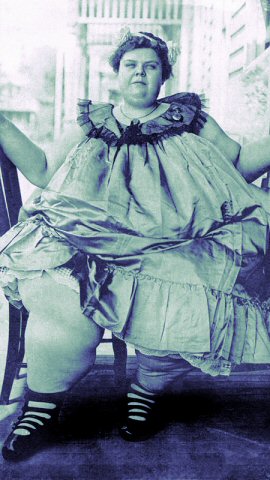
Obesity isn’t just a health hazard; it may also hinder the provision of healthcare. Writing in the journal Radiology, radiologist Dr. Raul N. Uppot said that increasing obesity in the U.S. has doubled the number of inconclusive diagnostic imaging exams over the last 15 years.
Uppot came up with his findings after analyzing Massachusetts General Hospital radiology records over a 15-year period. Primarily, this involved a search for incomplete exams that carried the label “limited by body habitus,” meaning limited in quality due to patient size.
“While 0.10 percent of inconclusive exams were due to patient size in 1989, by 2003 the number had jumped to 0.19 percent, despite advances in imaging technology,” said Uppot. “Americans need to know that obesity can hinder their medical care when they enter a hospital.” And it isn’t just radiology being affected. Hospitals are feeling the strain from requiring larger wheelchairs and beds. And standard operating tables and imaging equipment are not suitable for obese patients.
More flesh also makes it harder for the machines to gather acceptable images. While x-ray and CT power output can be increased, this leads to an undesirable increase in radiation dose. Ramping up the power levels also increases stress on the imaging systems, due to increased power output and more rapid burnout (as in the case of x-ray tubes). “In the short term, the medical community must accommodate these patients by investing in technology to help them,” Uppot lamented. “[But] in the long term, this country must make cultural shifts that promote more exercise and a healthier diet.”






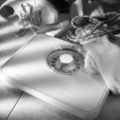


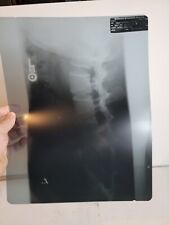
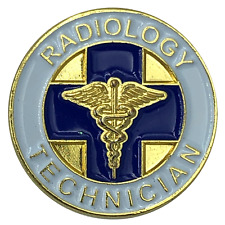
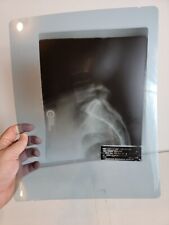
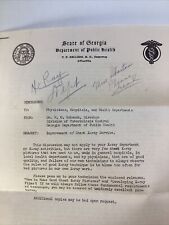

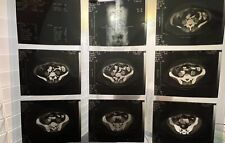



Comments are closed.